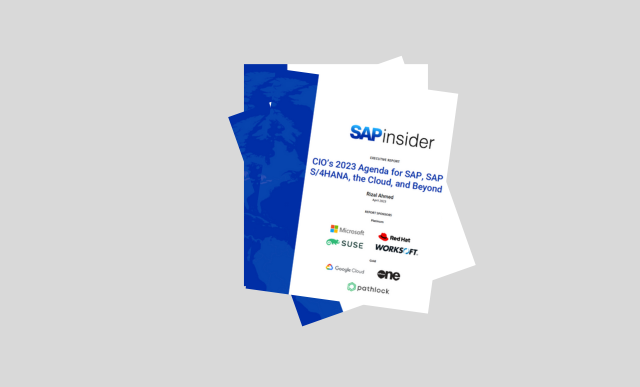Effective Capture Is the First Step in Digital Transformation
How Automation Saves Time and Money for the Digital Business
Digital transformation is not just a buzzword — it is a revolutionary approach to reshaping methods and processes that can result in better competitiveness, happier customers, and more effective analytics tools. But converting or reshaping a landscape of legacy systems to the digital economy is challenging.
For all of the emphasis on next-generation digital technologies like artificial intelligence (AI), machine learning, and cloud-based automation, companies still receive information via paper, email attachments, fax, and other traditional methods. Without a solution to automate the conversion and understanding of these unstructured and semi-structured inputs, companies end up with a burdensome amount of manual data entry.
To solve this problem, companies such as OpenText have developed advanced capture technologies to dramatically reduce the costs of extracting, validating, and updating core SAP systems, making the process of capturing critical information faster, more accurate, and less expensive.
Reducing Cost, Improving Accuracy, and Speeding Up Processing
Advanced capture technology is designed to reduce the cost of capturing information from a variety of sources by implementing today’s digital innovations. It automatically captures data from invoices, faxes, purchase orders, and other documents that once required manual information by leveraging optical character recognition against the complete document using rules supplemented by lookups to locate, extract, and validate the data. This effectively boosts the completeness, accuracy, and relevance of the data, freeing up business users to apply their skills to more important tasks, resulting in more efficiency and lower costs.
And by integrating with SAP transactional systems and systems of record, the capture system adds context to the incoming data. For example, an invoice referring to a purchase order can add the context to the bill. This allows for validation, correction, formatting, and tagging, and can even add or change content based on inputs from the SAP system, such as in cases where terminology is different between systems and needs to be translated, for example.
This integration allows for straight-through processing, in some cases without human review. As a result, payments can be made faster because the system can automatically perform functions like purchase order number verification and shipment information, which reduces manual effort and roadblocks. The efficiencies trickle down to other processes, like better management reporting and faster quarterly closes and reconciliations.
Capture technology also provides more information for analytics. Most systems that rely on manual key entry ignore information that is not relevant to the transaction’s purpose. But because capture systems record all the information on a form, the user can leverage additional information such as demographics for more powerful analytical reporting. And from a usability standpoint, by integrating with the back-end ERP system, users are more comfortable with the familiar-looking system as they are not presented with a new set of screens to learn.
Automation Is the Future
Capture technology is a critical component for companies in their digital transformation. And as the future of information input in the enterprise trends toward automation, old-fashioned manual processes will be too expensive and inhibit organizations’ ability to compete in a crowded market. Today’s capture systems use cutting-edge digital technologies to deliver fast, accurate data from traditional, paper-based systems into real-time databases, and without this, businesses will not be able to keep up.
Visit https://campaigns.opentext.com/captureSAPdata for more information.
(Sponsored by OpenText)







